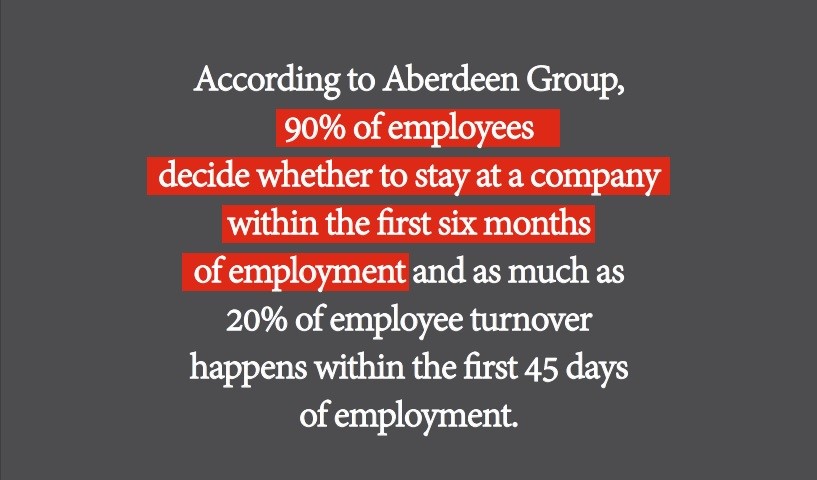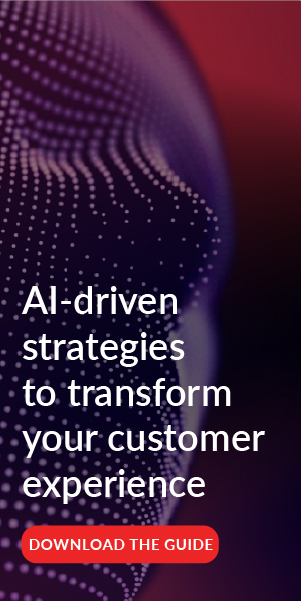5 Things That Keep CIOs Up At Night (and How They Can Get More Sleep)

On a daily basis, CIOs are under abundant pressure to meet deadlines, goals and demands that are generated from every level of the organization – beyond their core IT responsibilities.
CIOs are charged with managing a wide array of functions, many of which are absolutely critical for the company. And current IT priorities make it clear that the digital transformation of business is reshaping IT and its role within the organization. A recent survey conducted by IDC and CGS revealed these three spending priorities for IT decision makers in 2016:

Source: IDC & CGS
However there are tips and tricks that can save time and lead to better, more efficient IT operations. Here are 5 common sources of stress for CIOs and how they can be addressed to create more efficient operations and to free up time to focus on business growth.
Digital transformation and the “new IT” team
There was a time when IT seemed to reside in a server room with a team that maintained mainframes and computers. Now, IT is driven by cloud services, connected, mobile devices and fast, immediate technology. But both elements are necessary to form a complete view of IT, so many IT teams are split into the traditional IT team and a somewhat new digital, customer-centric IT team.
Many IT departments continue to outsource legacy IT as a cost-efficient way to get it off their plates while they focus budget dollars on the technologies and strategies that can differentiate the company within their marketplace. But as the rate at which technology and digital advances continues to increase, some companies are finding that it makes sense to outsource some of the digital and analytics portion as well.
Restructuring IT teams to meet today’s demands is an issue that goes hand in hand with another; finding and retaining the right talent. Whether your company outsources some, all or none of their IT functions, finding the right talent can be daunting and retaining it can be even more daunting. Onboarding and training your IT team members properly and keeping them engaged is incredibly important, and be sure to invest time into cultivating the right culture.

Source: State of Corporate Learning and Development Report
The new role of the CIO and how it fits into the organization
The role of the CIO is largely defined by current technologies and the business strategy of the organization. In the not so distant past, IT leaders would autonomously dictate infrastructure and back office functions and the team that managed those items.
However as IT expanded and from mainframes to wider digital landscapes, the CIO’s role also evolved. The scope of the role broadened and suddenly CIOs needed a new skill set to get anything done. To be relevant and effective, CIOs must stay connected and work closely with marketing because marketing is at the forefront of digital transformation, the current market and moving the company towards becoming a more client or customer-centric organization.[1] The modern CIO also recognizes the need to communicate status updates and analytics reports to executives outside of the IT department to foster a more integrated and agile culture and organization.
Security
Cyber security is top of mind for every executive, especially the CIO. In light of recent hacks, attacks, leaks and breaches, organizations are scrambling to assess their own vulnerability levels and minimize risk. However many CIOs and IT leaders are, unfortunately, coming to the realization that they may not be prepared for the worst case security breech amidst the current climate of heightened awareness.
While many large enterprises are prepared for these types of security breaches, small and medium-sized businesses (SMBs) are often the least prepared, making them especially vulnerable to cyber attacks. By nature, smaller companies have less resources than larger enterprises, which all too often leads to a limit or elimination of investment in the infrastructure that is necessary for security. And while the rapid pace of technological advancements and digital transformation creates a perpetual need to update and upgrade systems while simultaneously maintaining backups and disaster recovery procedures, smaller businesses often must prioritize and maintain a primary focus on the business demands that will keep them competitive in their market instead of keeping up with security and disaster recovery measures.
For smaller businesses that may lack the spare resources or the budget to add additional staff, outsourcing infrastructure management and IT functions and operations can be a simple, cost-effective solution that minimizes risk and delivers peace of mind.
Infrastructure health and capabilities
IT system and network downtime can be incredibly damaging for an organization, both in tangible costs such as lost revenue and/or inventory and additional wages, as well as in intangible costs – ranging from loss of customer trust and loyalty and erosion of brand reputation.
For the CIOs who have outsourced some or all of their IT infrastructure management to try to avoid downtime, understanding the health and capabilities of that infrastructure is very important. Outsourcing IT can remove the burden of being mired down in daily IT maintenance, but the CIO must still have a clear view of the health of their company’s IT operations.
It is important to have a dashboard that delivers an executive level view of your infrastructure if it is outsourced and not on premise. When you have metrics at your disposal that can be shared with the C-levels of IT, Finance and Operations, you can monitor services and ensure health, availability and the performance of your IT infrastructure on a 24x7x365 basis, you can collaborate better and keep IT out of a silo. A dashboard will also provide the metrics that you need to run your team.

A consolidated IT dashboard should be considered an essential part of any remote monitoring and maintenance solution, as it provides a complete and integrated view of the health of your infrastructure. This enables organizations to mitigate risk and prevent downtime or anticipate performance issues with actionable insights.
Budget constraints and limitations
Budget constraints and costs tend to dictate a lot of IT decisions, especially at the SMB level. Smaller companies have smaller budgets and more limited resources. Even when a project makes sense, like moving to the cloud for all the known benefits, the deciding factor may still be cost. SMBs that need to deal with scarce resources may benefit significantly from investing in IT and technology outsourcing, which can take day-to-day infrastructure management off their plates and allow them to focus on growing the business.
CIOs today have a lot on their plates, and their responsibilities now encompass more than just the traditional definition of IT. The modern IT team is dynamic and changing, and the role of the CIO evolves as quickly as technology and digital advancements are made. But focusing on cultivating a strong team culture, recognizing the importance of working with marketing to understand the customer and the market, outsourcing when it makes sense and understanding how to report on analytics to other C-level executives can help CIOs rest easier at night.
References
[1] E. v. Simson, "The New Role of the CIO," Bloomberg Business. [Online].

